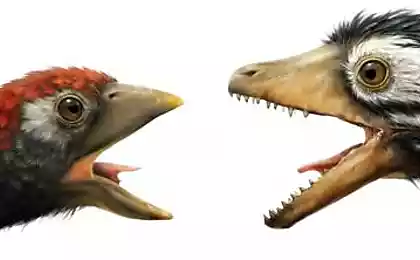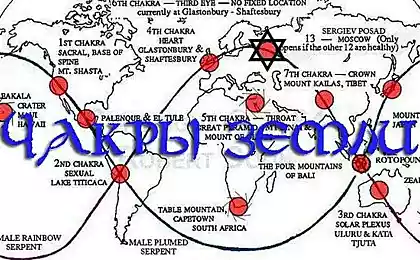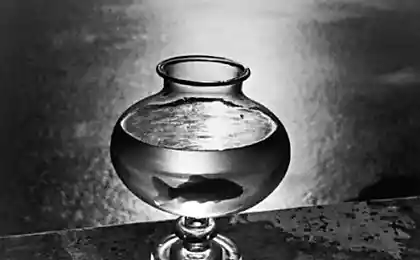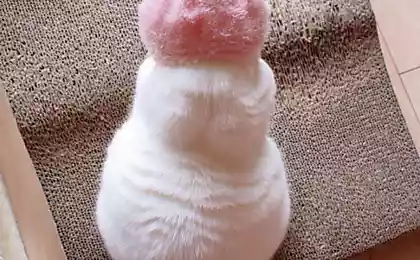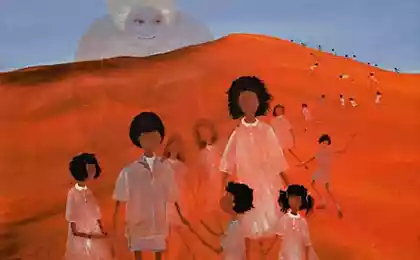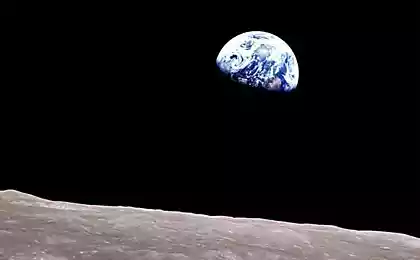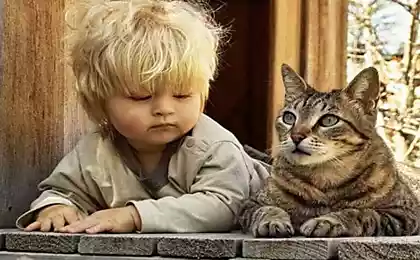646
Half of the world's animal life was gone in less than two generations
So the report says the World Wildlife Fund, but nonetheless, it is hoped that the animal population can vosstanovit
In less than two generations the population size of vertebrates halved. This striking conclusion did the World Wildlife Fund (WWF) in its report "Living Planet", prepared every two years.
Every two years, WWF estimates the state 10 380 representative populations of 3038 species of mammals, birds, reptiles, amphibians and fish. This year, it was concluded that from 1970 the population decreased by half. These figures may seem incredible, but it looks like statistics:

"In this report, a lot of data that can seem overwhelming and complex, - said John Hoekstra, Chief Scientific Officer WWF. - But it is not difficult to notice the trend that we are here. Disappeared 39% of the land of wild animals, 39% of marine animals, 76% of freshwater animals - and it's only in the last 40 years ».
If we take the average of 39%, 39% and 76%, a 51, 3%. Simple enough. The trends described in the report, absolutely sober. We use too many resources provided by our planet in a way that is not only unsustainable for our needs, but also quickly reduces wildlife habitat.
But there is a ray of hope: perhaps not all of these losses are irreversible. While many of the estimated WWF populations declined, most of them have not reached the point where extinction is inevitable. Indeed, some of the community rallied to save the animals.

For example, while the number of big cats is reduced around the world, over the past decade in Nepal, their number has increased by about five times. This is due to active actions of ordinary people, raising the level of education, and especially ecotourism. Not only is ecotourism save the animal's life, it also contributes to the conservation of large habitats, and leads to the creation of jobs. The numbers, of course, appalled, but there are grounds for optimism.
via factroom.ru

In less than two generations the population size of vertebrates halved. This striking conclusion did the World Wildlife Fund (WWF) in its report "Living Planet", prepared every two years.
Every two years, WWF estimates the state 10 380 representative populations of 3038 species of mammals, birds, reptiles, amphibians and fish. This year, it was concluded that from 1970 the population decreased by half. These figures may seem incredible, but it looks like statistics:

"In this report, a lot of data that can seem overwhelming and complex, - said John Hoekstra, Chief Scientific Officer WWF. - But it is not difficult to notice the trend that we are here. Disappeared 39% of the land of wild animals, 39% of marine animals, 76% of freshwater animals - and it's only in the last 40 years ».
If we take the average of 39%, 39% and 76%, a 51, 3%. Simple enough. The trends described in the report, absolutely sober. We use too many resources provided by our planet in a way that is not only unsustainable for our needs, but also quickly reduces wildlife habitat.
But there is a ray of hope: perhaps not all of these losses are irreversible. While many of the estimated WWF populations declined, most of them have not reached the point where extinction is inevitable. Indeed, some of the community rallied to save the animals.

For example, while the number of big cats is reduced around the world, over the past decade in Nepal, their number has increased by about five times. This is due to active actions of ordinary people, raising the level of education, and especially ecotourism. Not only is ecotourism save the animal's life, it also contributes to the conservation of large habitats, and leads to the creation of jobs. The numbers, of course, appalled, but there are grounds for optimism.
via factroom.ru
10 animals, whose accomplishments far surpass your own
Archaeologists found the cave, which would be signed Vlad Dracula


